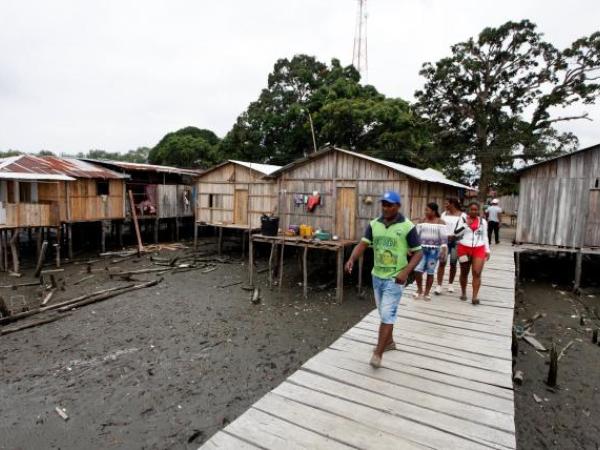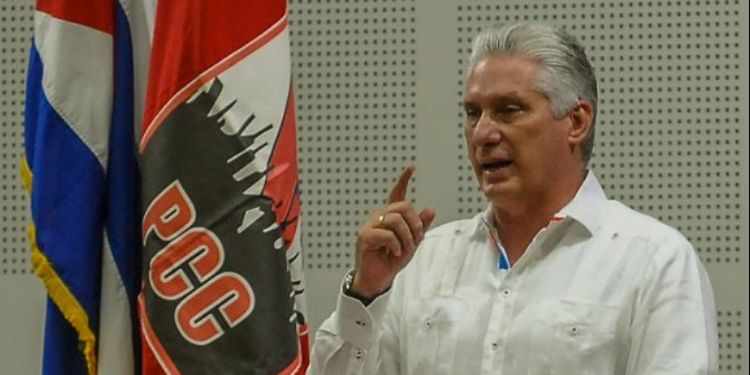The National Administrative Department of Statistics (Dane) presented the results of the Quality of Life Survey for the year 2021. In it, the entity revealed that, during the past year, there were several changes in the composition and living conditions of the Colombian families.
One of the elements highlighted by Dane was that, according to the survey figures, last year 43.1% of the households in the country recognized a woman as head of household, a higher proportion than that registered in 2020 (39.8%), and which constitutes a new growth compared to previous years.
(See: What to do in the face of the global food crisis?).
“Elements of deterioration in economic conditions, but also elements such as male mortality from covid, are behind this important evolution of female head of household, which cannot be interpreted as a condition of economic empowerment of women.”, said the director of the Dane, Juan Daniel Oviedo.
The director of the statistical entity clarified that the most prevalent condition of households is in those that only have a head of household, so in that condition they are evidenced single parent households led by women who end up being more exposed to social and economic vulnerabilities.
In relation to the composition of households, Dane highlighted that nearly a quarter of households in the country (23.8%) are made up of three people, followed by households made up of two people (23.6%). During 2021, there was an increase in single-person households, which represented 18.2% of the total, while in 2020 they were just 16.7%.
(See: The 5 most relevant data on poverty in Colombia and Latin America).
Another of the elements highlighted by Dane, and which, according to Oviedo, reflects the impacts of the economic shocks after the pandemicis the possession of goods and services.
During 2021, 39.4% of households in the country had their own home, a proportion that includes both those who were paying for it and those who had already finished doing so, while 38.6% indicated that they were tenants or sub-tenants.
This reflects that, in 2021, the share of fully paid own housing decreased, while the share of rental or sublease housing grew.
And, according to Oviedo, only in Bogota and in Amazon between 2020 and 2021 there is a decrease in rental homes, while for the rest of the departments there are significant increases in families living in this type of housing.
(See: 65.8% of the population of sisbén IV lives in poverty).
“It is an indirect typification of the income shock as a result of the pandemic that has not allowed a return to levels of own ownership that existed before the pandemic in 2019“, said.
In relation to the perception of poverty, The responses of the heads of household and spouses to whom the survey was applied on whether or not they consider themselves poor show the most unfavorable results in recent years: 46.7% consider themselves poor, a level that falls to 39.7% and in populated and scattered rural centers it rises to 70.3%.
BRIEFCASE








